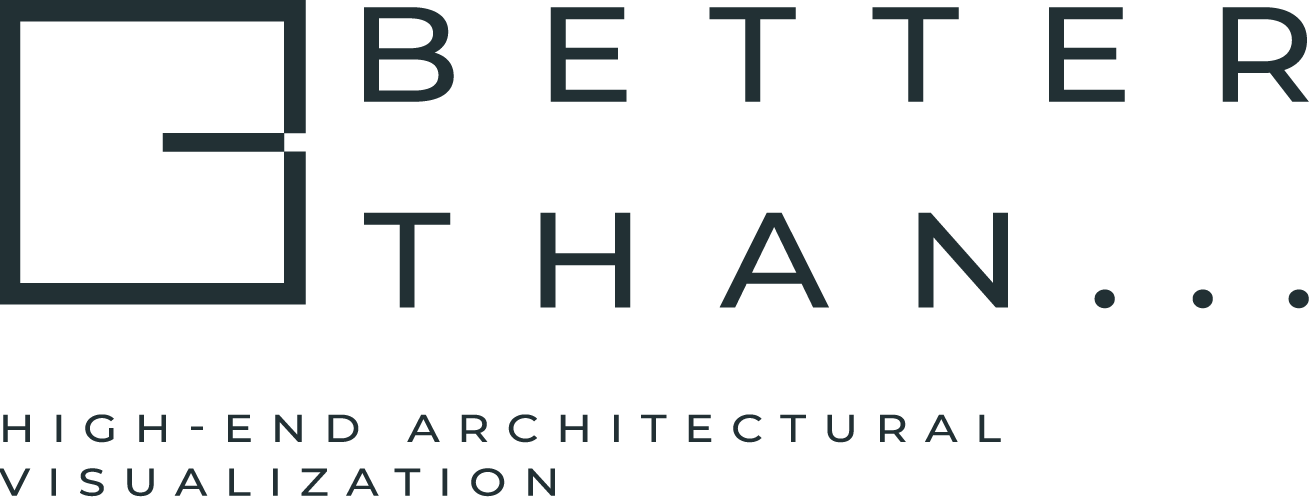What is photorealistic 3D rendering?
Photorealistic rendering is a 3D animation realistic rendering technique that produces images and animations that look exactly like photographs. It is often used in advertising and marketing to demonstrate how a product will look when it’s finished. While there are many different techniques for achieving photorealism, 3D design renderings generally involve a lot of manual labor and time. That’s why many designers and businesses opt for lower-quality methods like cartoon rendering or simplified modeling. However, with the right software and a little know-how, photorealistic rendering is definitely possible! Keep reading to learn more!
One way that 3D artists achieve photorealism is by creating textures that are as realistic as possible. A good texture should look like what it is supposed to represent, even at close inspection. For example, 3D photo realistic renders of a brick wall should have all the fine details that make real brick walls unique: cracks, blemishes, and so on. This requires a lot of time and effort, but the end result is worth it!
One way that 3D artists achieve photorealism is by creating textures that are as realistic as possible. A good texture should look like what it is supposed to represent, even at close inspection. For example, 3D photo realistic renders of a brick wall should have all the fine details that make real brick walls unique: cracks, blemishes, and so on. This requires a lot of time and effort, but the end result is worth it!

photorealistic 3d packshots
Types of 3D rendering
There are at least three main types of 3D animation rendering services in the furniture design process: wireframing, rendering, and mock-up. Each has its own purpose and is used at different stages of the design process.
One of the first steps in the furniture design process is to create a basic wireframe. This is a simple photorealistic 3d furniture rendering that outlines the basic shape and dimensions of the piece. Using software such as SketchUp or SolidWorks, designers can quickly create a wireframe of their design. The wireframe serves as a reference point for later stages of the design process, allowing designers to quickly make changes and maintain consistency throughout the process.
Once the basic structure has been established, designers can begin to add more details and make adjustments to the piece. At this stage, they may also choose to create a full-scale mock-up of the design. This allows them to see how the piece will actually look when it’s put together. By creating a mock-up before moving into production, designers can ensure that their 3D architectural interior rendering will be feasible from a production standpoint and will be able to meet all necessary safety standards.
Once the final design has been approved, designers can create detailed 3D photorealistic renderings of the finished piece. These are realistic models that show what the product will look like in real life. These detailed renders can be helpful both for sales purposes and for showing customers what their finished product will look like.
One of the first steps in the furniture design process is to create a basic wireframe. This is a simple photorealistic 3d furniture rendering that outlines the basic shape and dimensions of the piece. Using software such as SketchUp or SolidWorks, designers can quickly create a wireframe of their design. The wireframe serves as a reference point for later stages of the design process, allowing designers to quickly make changes and maintain consistency throughout the process.
Once the basic structure has been established, designers can begin to add more details and make adjustments to the piece. At this stage, they may also choose to create a full-scale mock-up of the design. This allows them to see how the piece will actually look when it’s put together. By creating a mock-up before moving into production, designers can ensure that their 3D architectural interior rendering will be feasible from a production standpoint and will be able to meet all necessary safety standards.
Once the final design has been approved, designers can create detailed 3D photorealistic renderings of the finished piece. These are realistic models that show what the product will look like in real life. These detailed renders can be helpful both for sales purposes and for showing customers what their finished product will look like.

photorealistic 3d renders
What are the process and criteria for creating a photorealistic rendering?
The 3D realistic rendering process begins with client contact and a meeting to discuss what the client is looking for in their furniture. From there, you will typically go through several rounds of revisions before the rendering is completed, taking into account feedback from the client. Criteria-wise, a 3D photorealism furniture rendering might have several requirements: It should have high-quality textures and materials, accurate dimensions and angles, multiple angles of the same object, and not be too busy. In addition, if it is being created for an e-commerce site, it should be optimized for viewing on a screen. A good rule of thumb is to always ask yourself if this is something you would actually buy. If not, then it might need more work.
Why is photorealism important in 3D rendering?
The importance of photorealism in 3D rendering animation is not just a matter of aesthetics; it also has to do with the realistic experience that customers will have when they get to see the final product. Because it is almost impossible to get the same level of detail and precision in real life as you can with a 3D exterior design rendering services, consumers are bound to be disappointed. This is where photorealism comes in. By capturing natural lighting and replicating materials accurately, a 3D create will look exactly like the real thing, allowing customers to verify whether the product is right for them before they commit to any purchase. In other words, photorealism is a necessary component of any successful photorealistic 3d furniture rendering.
Another reason why photorealism is important in 3D rendering is that it allows designers to make sure that the end product will be what buyers are expecting. Because there are so many different factors that can affect how a product looks in real life — from lighting to texture to scale — it is important to have realistic expectations when you create a 3D representation of your work. By using advanced rendering techniques and carefully crafted textures, designers can ensure that their products will come out looking just how they imagined.
Another reason why photorealism is important in 3D rendering is that it allows designers to make sure that the end product will be what buyers are expecting. Because there are so many different factors that can affect how a product looks in real life — from lighting to texture to scale — it is important to have realistic expectations when you create a 3D representation of your work. By using advanced rendering techniques and carefully crafted textures, designers can ensure that their products will come out looking just how they imagined.


